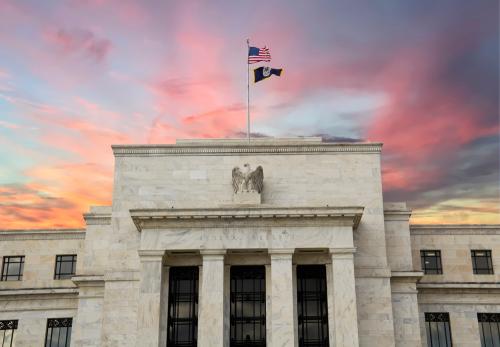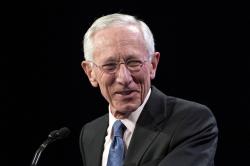

Research
BPEA | 1990 No. 2

1990, No. 2
WAR AND REVOLUTION were once the settings in which extreme inflation might occur: France in the period of the assignats; Europe in the 1920s; Greece, Hungary, and China in the aftermath of World War II. In the 1980s, the inflation net is cast wider. Israel had its high inflation experience in the early 1980s. Eastern Europe, in its transition to a market economy, is currently having its share: Poland and Yugoslavia have already had double-digit monthly inflation; Bulgaria and the Soviet Union may be next. In Latin America high inflation is the rule: Bolivia in 1984-85; Argentina, Brazil, and Peru are now experiencing wild price instability. In many of these cases, the fiscal consequences of a political transition, a terms of trade shock, or a debt crisis can be offered as the initiating disturbances.